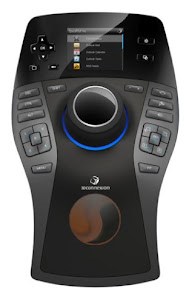Reliance launched its customer experience pack in many states (delhi was not included). Under this pack, Reliance gave away its GSM sim at a very cheap rate (Rs20- Rs50), together with that its giving free talktime each day (Rs5- Rs10/day) and free sms. This pack initiated a war between telecom provders like Airtel, Idea, Reliance etc trying to provide cheaper rates than other.
Reliance has now started this customer experience pack to Delhi people. Lets see what does this pack for Delhi offers - :
SIM MRP - : Rs 49
Validity - Lifetime (This is quite amazing at such price)
Talktime - Rs 10
Now when you first E-recharge with Rs 51 (this makes total cost Rs100)
Talktime (88 days) - Rs 5/day (this means you get Rs 440 talktime)
Reliance GSM Night Calling pack
MRP - Rs 15
Tariff Benefits -- 90 days
Night Calling benefit can be availed as an add-on on 15 Rs Recharge and is valid for 30 days
Night Calling Time - 11 PM - 6 AM
This Reliance talktime can be used to make all local calls and to send all local SMS to any network. All unutilised balance given free will be forfeited at the end of the day.
Well, overall a great plan for Delhi People. I am going to buying this lifetime sim (never mind keeping one more number - say a portable number). Guys, just contact your nearest Reliance dealer about this Customer Experience Pack. Reliance also offers all India Reliance to Reliance free calls.










































